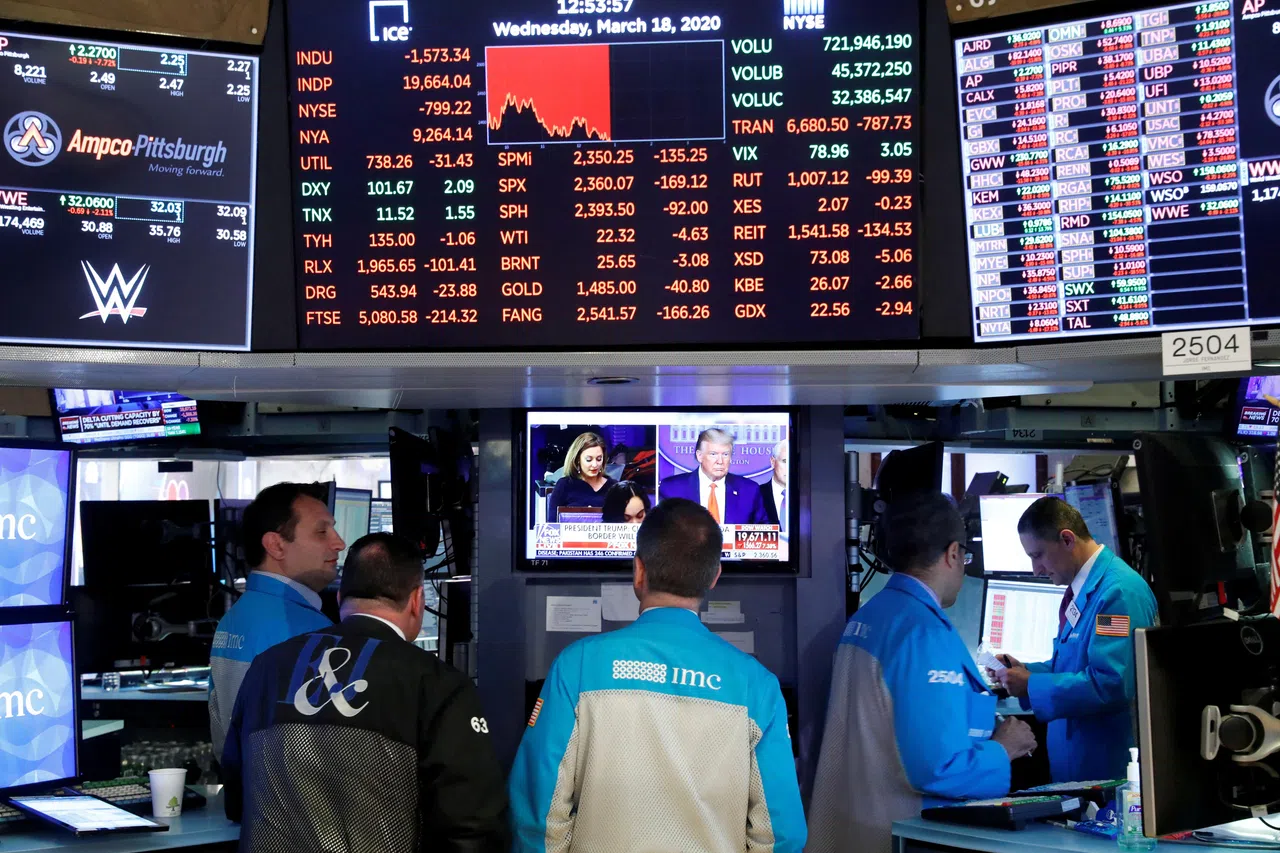AS GLOBAL warming accelerates, there is a critical need for climate-related risks to be reflected in financial reporting, as traditional reporting methods do not adequately account for the impact of climate change.
Regulators and investors are also demanding greater transparency in this area, and pushing companies to adapt their disclosures to reflect the emerging challenges posed by the climate crisis.
Quantifying climate-related financial risks is a complex task that presents significant challenges for businesses, experts say. Traditional financial reporting often relies on historical data, but climate risk requires companies to look forward, making assessments based on future scenarios rather than past performance. This introduces uncertainty, especially when dealing with long-term projections.
“Climate reporting, when compared with financial reporting, is still in a nascent stage. Businesses are facing a lack of standard methodologies for quantifying climate-related financial risks,” says Eric Lim, chief sustainability officer at UOB.
Themin Suwardy, associate professor of accounting (practice) at the Singapore Management University, notes that not every business has ready access to relevant, consistent and accurate climate-related data affecting its operations. “Say a business wants to assess the climate risks of its factories spread across Asia. It will need to map property locations to various climate-related risks, such as flooding risk, earthquake risk or typhoon risk,” explains Suwardy, who is a member of CPA Australia.
And while tools to assess inherent climate risks exist, applying the outputs of such tools to assess financial impacts remains a complex process. “This process requires complex data and methodologies which companies may not have full access to financially or in other aspects such as manpower,” says Nikita Asthana, vice-president and head of sustainability finance at Olam Agri.
A NEWSLETTER FOR YOU

Friday, 12.30 pm
ESG Insights
An exclusive weekly report on the latest environmental, social and governance issues.
The role of regulators
Regulators play an important role in setting clear and progressive reporting requirements that ensure companies meet transparency and accountability standards using internationally recognised frameworks. This not only helps investors assess risks more effectively but also encourages businesses to adopt more sustainable practices.
“Regulators are a key enabler in accelerating action for consistent, comparable and quality climate-related disclosures,” says Ken Ong, partner, assurance at Ernst & Young. He points out that in Singapore, the introduction of climate reporting has seen significant uptake, with 96 per cent of listed companies now engaged in climate-related reporting for the financial year ended December 2023 , according to a study by EY and CPA Australia.

Lim adds that regulators play an important role in providing pathways for phased implementation of climate reporting standards, particularly as companies’ capabilities vary. He suggests that guidance in the form of measurement methodologies and scenario analysis tools will help businesses meet disclosure requirements without overburdening their resources.
Investor expectations
As climate risks become more pronounced, investors are increasingly demanding transparency in financial reporting. In particular, they want to understand how companies are incorporating such risks into their business strategies and how these might impact financial performance over time.
“Institutional investors are becoming more sophisticated in their understanding of climate risk. In addition to disclosures on climate targets and greenhouse gas emissions performance, they increasingly expect greater transparency from companies on their climate transition plans,” says Lim. This includes details about how companies are funding and executing their climate strategies.
The growing demand for transparency has also led to challenges in standardising climate risk assessments. “A challenge that large institutional investors face is consolidating data from investee companies that utilise varying assumptions and tools for their climate risk assessments,” says Asthana. This inconsistency has driven the push for international standards – such as the IFRS Sustainability Disclosures Standards – to ensure better comparability across companies.

Meanwhile, the influence of climate risk on asset and company valuations is also growing, particularly as extreme weather events and regulatory changes begin to impact industries. Physical risks, such as floods and rising sea levels, can lead to business disruptions and impairments of damaged assets, while transition risks, such as carbon taxes, can erode profit margins for companies with high emissions.
These risks, if not managed properly, can significantly impact a company’s ability to generate future cash flows and affect its overall market valuation.
Suwardy believes the immediate impact of climate risk on valuations will be related to physical risks. He says: “As it is, we are already expected to take into account all relevant factors, including climate risk, in doing an asset impairment test. With additional disclosures in climate reporting, I expect this area to be under the immediate spotlight.”

Leveraging best practices and technology
With the increasing complexity of climate risks, companies are developing best practices to effectively communicate these challenges to stakeholders. One emerging standard is the Task Force on Climate-Related Financial Disclosures (TCFD), which provides a clear framework for reporting on governance, strategy, risk management, as well as metrics and targets. Olam, an international agri-business company, has been using the TCFD framework since its financial year 2020 to report on its climate-related disclosures.
According to Ong, companies that have committed to improving their climate reporting are establishing dedicated sustainability committees, integrating climate risk considerations into their overall risk management frameworks, and conducting scenario analysis to assess resilience against climate change, among other initiatives.
New tools and innovations are also emerging to help assess and report climate risks more effectively. Technology is playing a significant role, with advances in data analytics and geospatial climate data helping businesses model the potential financial impacts of climate scenarios.
Platforms such as UOB FinLab’s GreenTech Accelerator Programme are also supporting the development of new solutions that use artificial intelligence and Internet of Things technologies to automate emissions calculations and assess climate risks at scale.
The growing impact of climate risk on financial reporting is forcing companies to rethink their traditional reporting methods and adapt to a rapidly changing environment. As regulations tighten and investor demands for transparency increase, businesses must develop the capacity to integrate climate-related risks into their financial disclosures.
This series is brought to you by CPA Australia as it marks 70 years in Singapore, sharing strategic insights on business, finance and accounting








